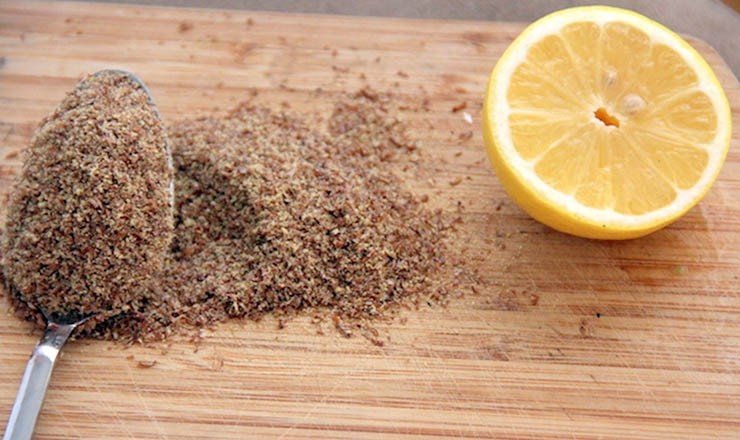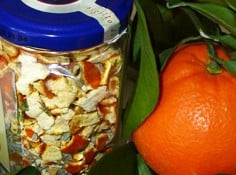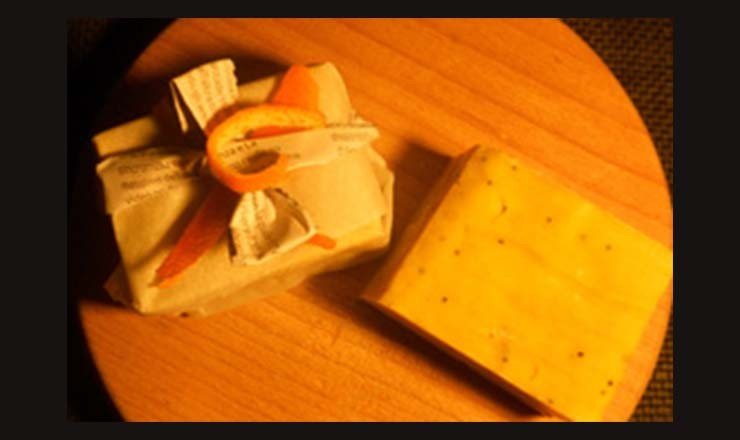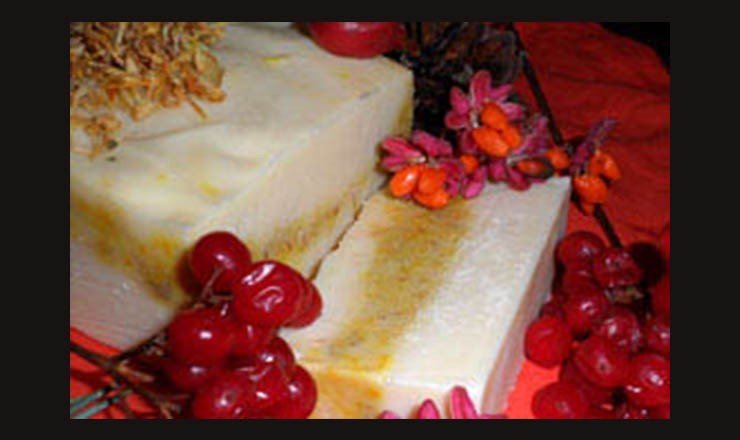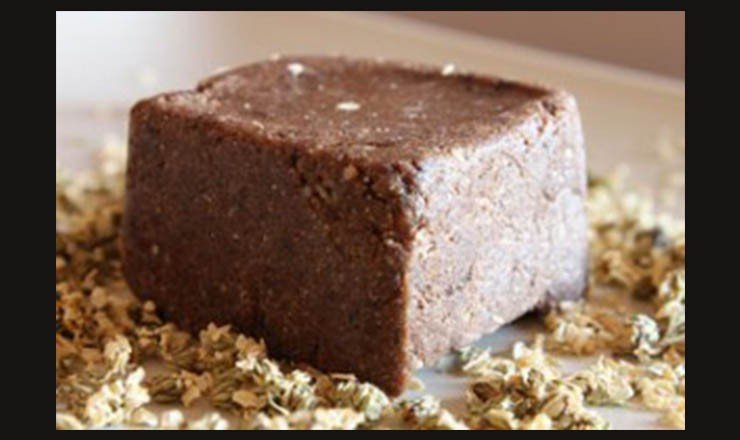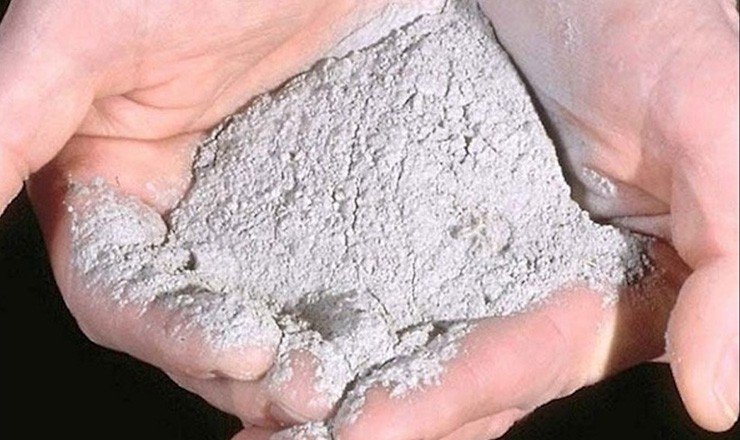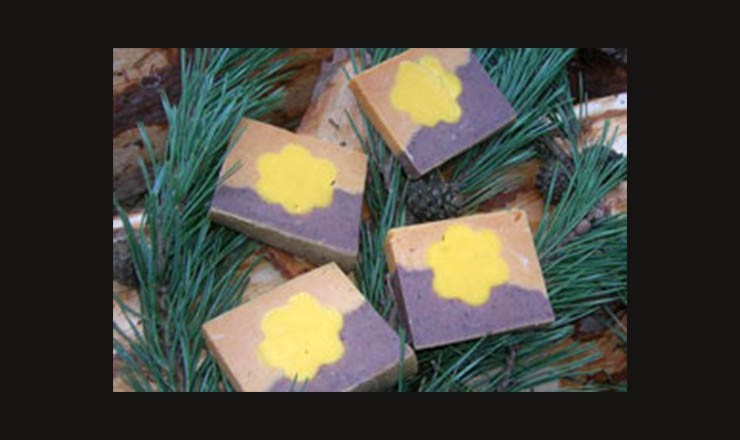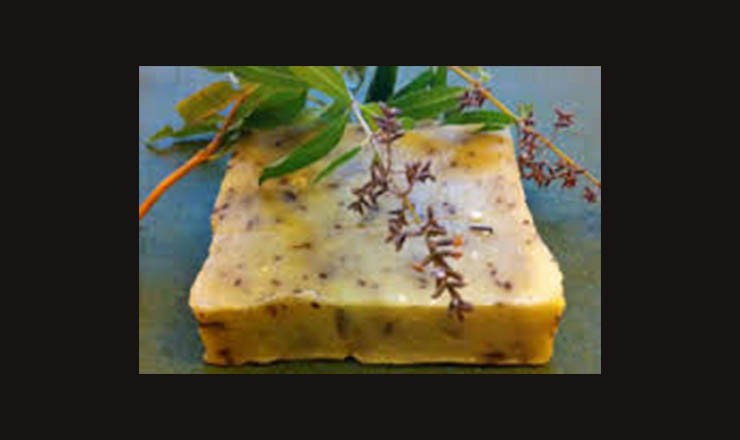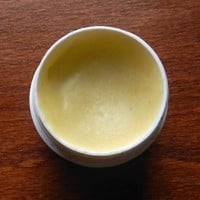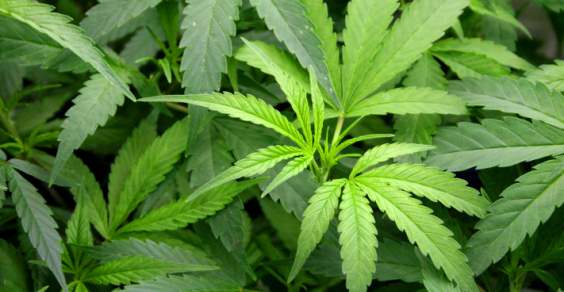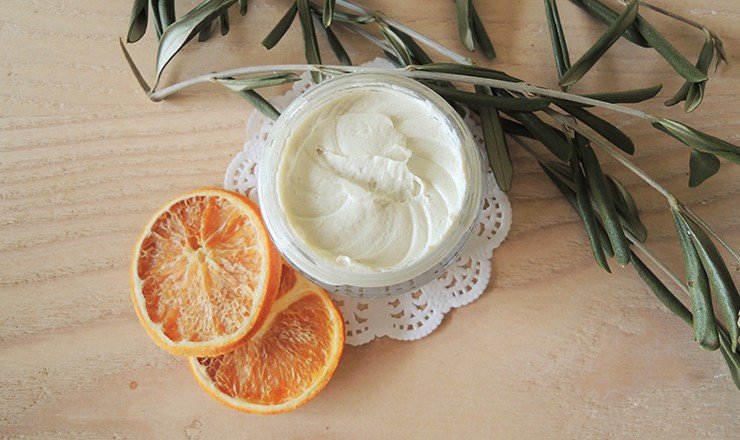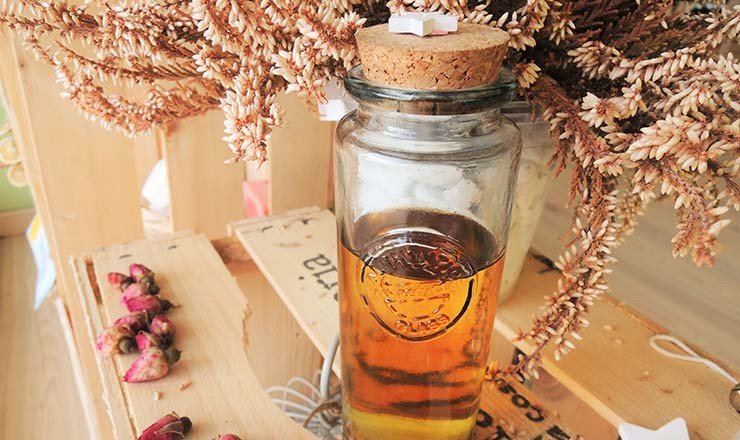For dry and brittle hair.
Avocado oil is rich in vitamins, proteins and essential fat acids. It is an effective softener and, among other oils, has a much higher absorption rate. Among vegetable oils, it is the most effective in protecting the skin and hair from the drying effect of the sun's rays. The oil softens, nourishes and strengthens the hair without greasing or weighing it down.
Castor oil is an excellent reinforcer and invigorating for dull and not very vital hair.
Leave the treatment on overnight, or, if you can't, at least for a few hours: you will have amazing results. Rinse with a small amount of organic shampoo and warm water.
Linseed oil, used pre-shampoo is excellent for nourishing dry and brittle hair, to remove frizz and make it shiny.
Summer is approaching, and your skin isn't ready yet? Here are some tips for making your own natural facial scrub at home! Exfoliating scrub is a product that should never be missing from our beauty routines. Whether for the body or the face, it's a product that, when used regularly, helps remove dead cells, promotes cell renewal, and gives the skin tone and vitality. Exfoliation removes dead cells, stimulates the lymphatic system, and aids in the elimination of toxins, improving the facial microcirculation. The result is smoother, translucent, and radiant skin, a healthier and more radiant appearance. Making your own scrub is very simple (and cost-effective!), and it reduces the risk of unpleasant allergic reactions, often triggered by synthetic ingredients or overly intense and aggressive fragrances in commercial products. It's important that the scrub is as gentle as possible to avoid irritating delicate facial skin. Let's look at three simple recipes suitable for various skin types to make our own scrub at home.
This in the photo is my self-produced herbal tea, it is great for winter because it is rich in vitamins, with orange peel and herbs from my garden - marjoram, lemon thyme and liquorice - left to dry for a day on the radiator. It is a recipe that I recommend to everyone: it is very simple, good and allows you to recover valuable waste that - especially in the case of those who cannot compost - would end up in the trash.
Olive oil, which is present for 65%, is self-produced and absolutely organic.
Recipe submitted to the "Saponi e buoi dei paesi tuoi" self-production contest. Why does it represent the proverb "saponi e buoi dei paesi tuoi?" I created this soap inspired by the enchanted forests and meadows of the Monti Sibillini that I have the joy of admiring from my windows every day. It's as white as the silent snow that soothes the souls of those who wander through the sleeping woods during the winter season. A yellow band runs through the middle, where some dried petals of calendula, chamomile, violet... are concentrated to remind us both of the sun's rays that penetrate the dense foliage of the woods, creating the fantastic sensation of being able to spot a fairy at any moment, and of the flowers that flood these mountains' meadows with shapes and colors in spring and summer. It's a gentle, refreshing soap that leaves the skin as soft as the waters of the countless streams that gush happily from those rocks. In honor of the "fairy" who has dwelled among these magical places for centuries and still fascinates even the most incredulous, I named it the Sibilla soap.
Recipe submitted for the "Saponi e buoi dei paesi tuoi" self-production contest. Why does it represent the proverb "Saponi e buoi dei paesi tuoi" (Soaps and oxen from your own country)? When asked about my hometown, I was taken aback.
Then I thought that we are what we eat, and immediately, Pizzocheri and Papina came to my mind, two dishes linked to my childhood (I believe I tasted the former when I was just a few months old). When I hear them mentioned, I feel a sense of belonging to these Lombard places... The flour I used for the soap dough is the same one used to make the famous Valtellina Pizzoccheri, made from buckwheat. The Valtellina has adopted me since I was a few months old, and I spent all my summer and winter vacations there until I was 20 (nowadays, I only return for special occasions or in the summer when Milan is way too hot!). Then there's Papina, the traditional cake of Brianza tradition, which my mom often cooked (and still does, I believe). But not just my mom: in fact, a vegan version, super energizing but light (and also sugar-free), came to life in my kitchen a few days ago... And that's how it all comes together. The cocoa is a clear reference to the cake, just like the dates and prunes that replace the raisins, which I don't like (besides, they are my favorite fruits: prunes in the summer and dates during this season – even now as I write :)). To give it the shape of a "cake slice," I put the dough in a small plastic container with a cubic shape: at local fairs, Papina is cut and served in little cubes. I placed the resulting soap dough on a bed of Erba Livia: the same fields where, as a child, I used to lie down to catch my breath after running around (it's a type of grass that grows in the high mountains). I can almost smell it... In fact, as I take photos, I can! It somewhat resembles the scent of sage and lavender. Erba Livia is a typical herb from the valley, used as an infusion to soothe the stomach. I suggest putting it in the container along with the soap dough to relax the senses before the shower.
When in the 60s I went with friends for a picnic "out of town" to the Roman Castles, we played in the meadows and chestnut woods, falling and rolling among the mint plants that grow there wherever there was a little sun and then we stopped in some trattoria where in the warmth of the fireplace we all ate together at a wooden table the pecorino romano and the porchetta from Ariccia with wild cicely. The mint and cicely soap is made with extra virgin olive oil from our region with the addition of Roman mint leaves and wild cicely flowers collected by me during the summer and dried. The soap mold recalls the shapes of pecorino romano and from this derives the name sapo-rino. Table salt causes the soap to dry very quickly. Even if the soap can be used immediately, it is best to let it dry for at least 15 days. Coconut oil is used to create foam. The yellow / green dotted color is given by the added dried plants.
Why does it represent the proverb "Saponi e buoi dei paesi tuoi"? Resia is a valley located in the easternmost corner of Friuli, nestled between Austria and Slovenia. It is home to a unique population in terms of language and culture, expressed through music, dances, traditions, and truly special folk festivals! In our language (Resian), "Val Resia" means Valley of Flowers. The valley is indeed an explosion of colors and scents from over 1200 plants (species and subspecies) found in the area, some of which are endemic.
To represent it, I chose a combination of colors and ingredients:
Brown to celebrate the land: rich and generous.
The central yellow flower to symbolize some of these flowers: St. John's wort, arnica, primroses, dandelion, goldenrod, calendula...
Honey, castor wax, lavender, and almonds: precious gifts from my beloved land.
This soap is inspired by the scent that invades our garden every summer, that of lemon beerbrush! At home we have always used lemon beerbrush in the kitchen, to make excellent herbal teas and a fantastic digestive liqueur .. And I thought: why not experiment with it in soap too? !! I then made this recipe with the hot method, using both the lemon beerbrush infusion and the leaves in the dough to create a light exfoliating effect. (this year, incredible but true, the lemon beerbrush is still in bloom in November !!)

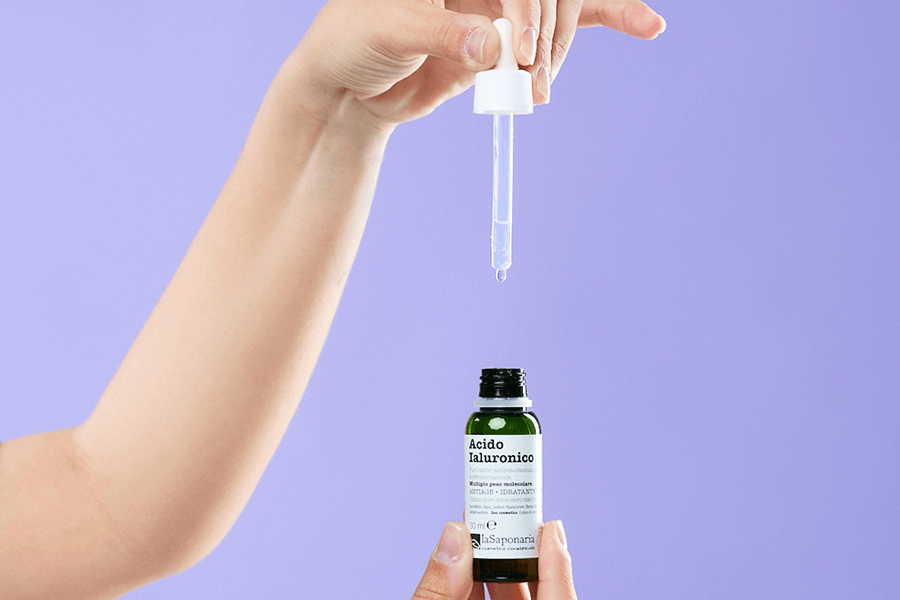



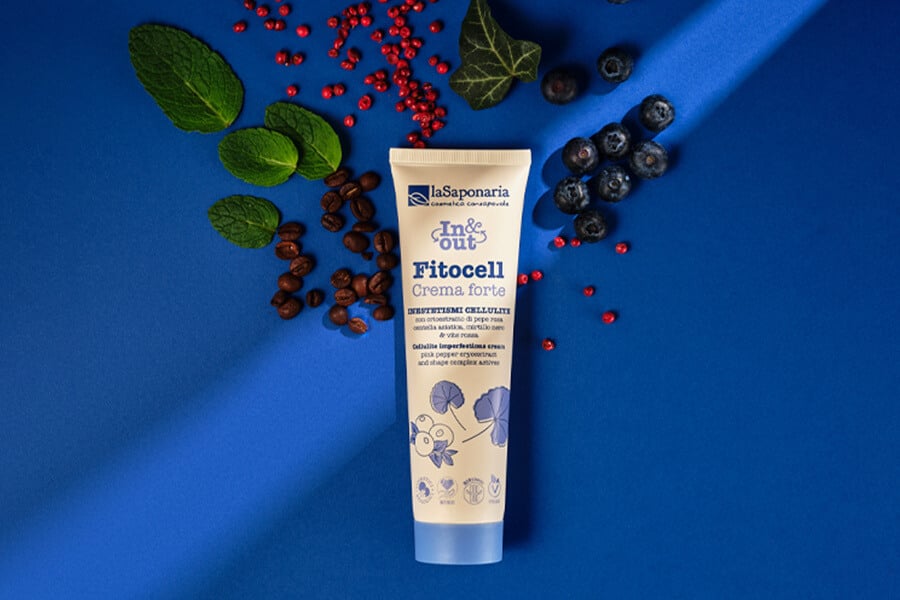
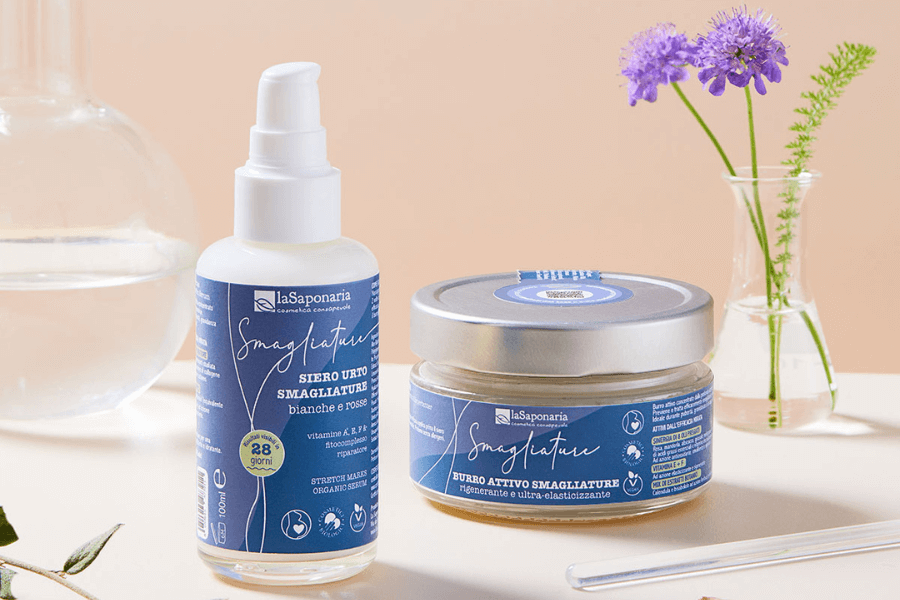









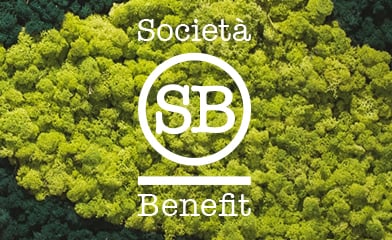



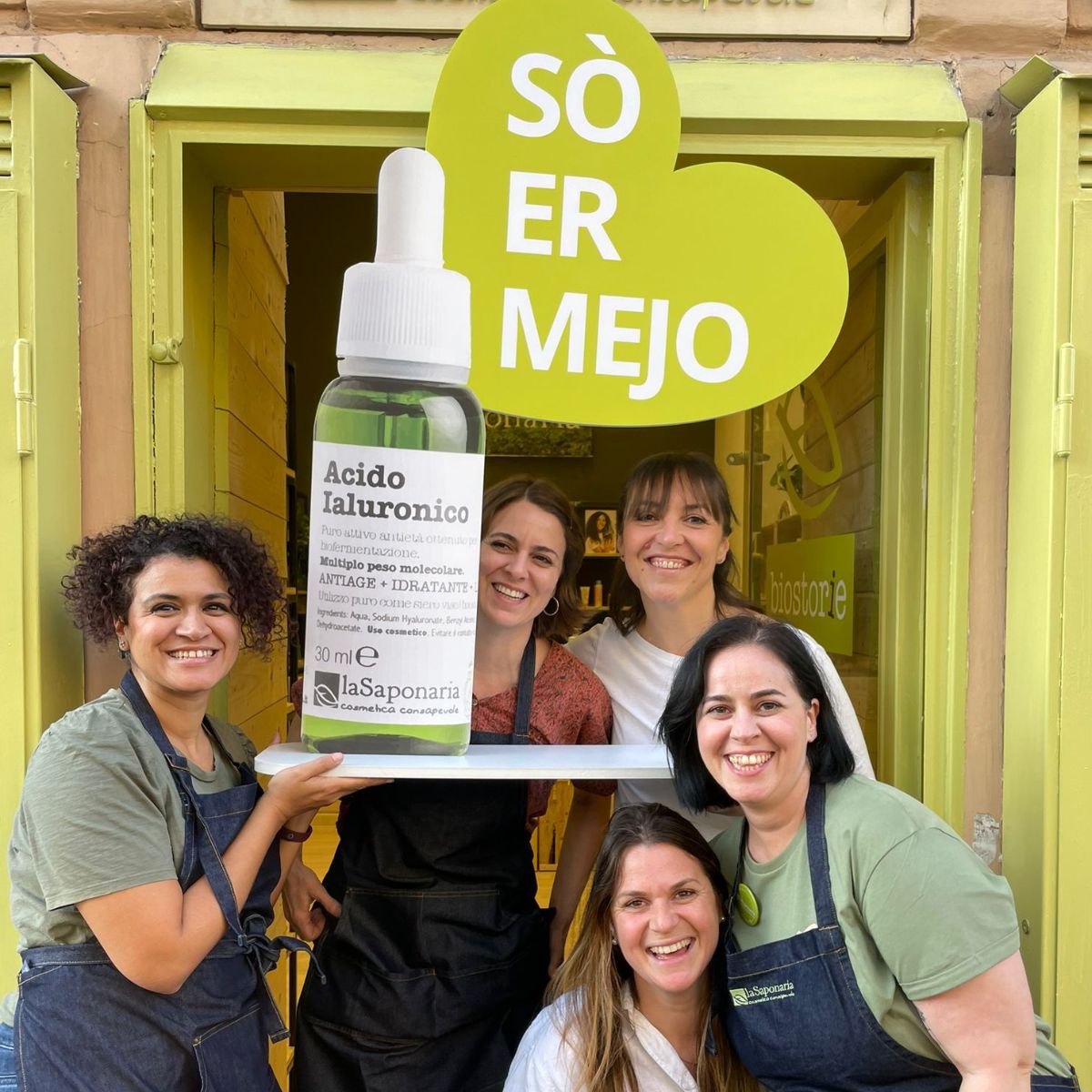




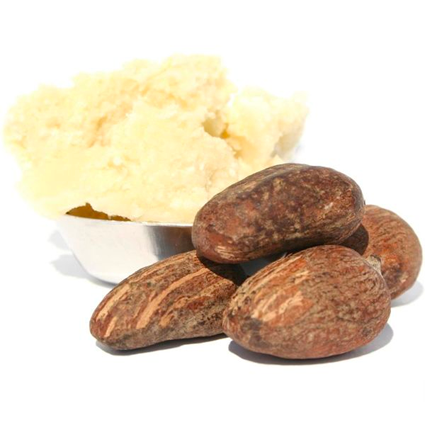
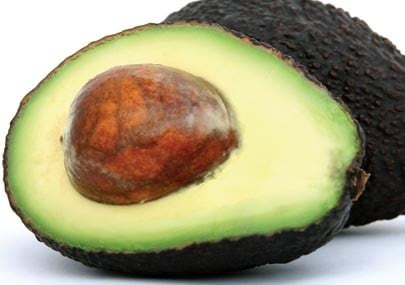
.jpg-6871130a7e2cd.jpg)
